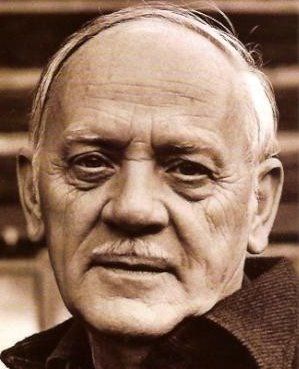No products in the cart.
by Shaaron Honeycutt, R.Y.T.
In today’s society we are constantly bombarded with information and stimulus. Between our daily activities of home, work, study, and play we have the constant stresses of orchestrating these events, while also being exposed to what is going on in the rest of the world. Television and the Internet play large roles as we get caught up in all of the dramas that society has to offer, enabling a stressful lifestyle that affects our sleep, eating and exercise habits.
For more than 3,000 years many cultures have used meditation as a technique to filter or control their physical and emotional states in a way that allows the body and mind to relax and detach, allowing for healing, regeneration and serenity.
Possibly best known in association with ancient Far Eastern traditions, meditation typically involves various techniques to relax the body and quiet the “monkey”—restless and chattering mind. The common aim of these different meditation techniques is the relaxation of the body while achieving a singular detachment (or connection) to a fundamental thing or idea, to bring about a sense of quiet wholeness.
The Yoga Sutras, an ancient yogic text by Sage Patanjali, describe meditation (and yoga itself) as the “cessation of the fluctuations of the mind.” Preparatory practices include not only those postures we think of immediately when yoga is brought to mind, but so much more, such as breath control, withdrawal of the senses inward, and concentration, all to prepare oneself for meditation.
Yoga Master B.K.S. Iyengar says, “[Meditation] is a way of discovering the greater self. It is the art of self-study, observation, reflection and sight of the infinite hidden within.” Krishnamurti, renowned philosopher and teacher states, “What is important is not controlling thought, but understanding it, understanding the origin, the beginning of thought, which is yourself…when you understand what quietness is, …then out of that comes an extraordinarily quiet mind…. and this is meditation.”
If and when this quietness of the mind comes through meditation, according to all the great spiritual traditions, then something really impactful occurs. We realize on a deeply personal level who we truly are, liberated from all our preconceptions, qualms, and desires about what we are or are not. To quote Krishnamurti again, “The mind being still, truth comes to it.”
Senior Iyengar yoga teacher John Schumacher says, “Yoga is so much more than exercises, and meditation is so much more than relaxation. Health and serenity are wonderful; they help life be sweeter and easier. But when awareness of truth and reality are possible, why settle for less?”
We have opportunity to practice meditation through so many different means and techniques, all of which encourage us to be fully present to our own lives, to each and every moment that exists, all our experiences, with an awareness from deep within our own true spirit. In this consciousness, we become awakened to the fact that we are actually much more than our own personality, more than our relationships, more than what we have, more than who we think we are or should be, and more than these vehicles in which we live and identify with (a.k.a. our physical bodies.) Awakening to the transient nature of all these things can ease so much suffering in our lives. We all can realize this, at least to some extent, through meditation—taking the time for more being and observing, less for doing and efforting. To quote a line of a popular film, “Resistance is futile.” Acceptance of the ever-changing aspects of existence is a challenge we all face. All it takes is practice and a willingness to surrender to the quiet wisdom within.
Shaaron Honeycutt, R.Y.T., is a certified Iyengar yoga instructor—one of only nine in the state of Virginia. Shaaron has taught yoga for more than10 years and practiced for more than 16. She has studied in India twice withIyengars, most recently in January of 2009.
In the Charlottesville, Virginia area she teaches Yoga for Parkinson’s disease at the Charlottesville Senior Center, at Blue Ridge Yoga, at Stoney Creek in the Wintergreen area, in Batesville at The Polarity Barn, and daily morning classes at The Monroe Institute.
You can find out more about Shaaron at: https://www.journeysintothebody.com/.
© 2009 Monroe Products. All rights reserved.
Popular articles

Hemi-Sync Staff

Igor Zheleznov

Hemi-Sync Staff




